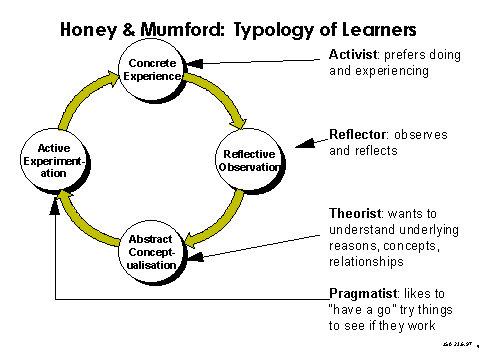What are the Different Approaches to Cultural Awareness Training?
There are many approaches to cultural awareness training.
Some sum these up as 'heavy' and 'light' approaches. What does this mean and how does it apply to business training?
Well, cultural awareness training (or any other training in fact) is a little like body building – one needs to know what their mind and body is capable of, what it enjoys and then set realistic goals for achieving that perfect body.
From there you can either work with a personal trainer or look into how to balance both heavy and light approaches to training yourself.
Heavy training in this sense being your body building, and light being more about CV and muscular work.
In this article will briefly cover what these heavy and light approaches to training are within the context of business training.
What are Heavy and Light Approaches to Training?
When it comes to cultural awareness, business or soft skills training, heavy approaches consist of ‘live’ face-to-face classroom or webinar training. Quality and consistent training can do wonders, however an overdose without much variety in training methodology will be counterproductive.
The light approaches are for energising and spurring anticipation in preparation for those ‘heavy’ days. These typically come in the form of a pre-training task, self-assessment tool, online reading material or tutorials.
In an ideal world, a balance of both approaches is required in order gain the maximum benefit from the training. Too much of ‘heavy’ training will result in the loss of participants’ engagement, and simply relying on ‘light’ training will not allow participants to emotionally and actively engage with the subject to the same extent.
In addition to finding the right balance between both approaches, repetition of training is also a point to take into consideration. Change (both bodily and behavioural) doesn’t happen overnight. It takes repetition and practice to reap the fruits of labour.
As well as using this analogy to training methods, heavy and light approaches to training can also be understood as practical and more abstract learning.
Honey and Mumford (1982) developed a ‘typology of learners’ around Kolb’s (1984) experiential learning cycle – see diagram below.

[This diagram illustrates the process of adult learning whereby learning starts with concrete experience, which is followed by a reflective process and abstract conceptualisation and finally active experimentation.]
So a heavy approach would be experiential or pragmatic, whereas a light approach would be for those learners who are more reflective and abstract thinkers.
When it comes to training for groups, it is important to take into consideration the different profiles of the individuals that make up the group, and adapt the activities in such a way, that the training programme will take into account their preferred learning styles.
Preferred learning styles can vary due to a number of factors – from personality, to cultural background to age.
Gaining that deeper understanding of participants’ preferred learning styles is generally done through a thorough pre-training needs analysis which helps capture vital background information. Understanding the audience is the first step to preparing an effective programme which ideally incorporates a unique balance of heavy and light training methods.
Today’s rapidly changing world requires flexibility in terms of training delivery across time zones, lifestyles, preferred ways of content intake and learning platforms. As we become increasingly used to having knowledge at the tip of our fingers, classroom based training is increasingly seen as coming into second place.
The heavy approaches to training – in-person, classroom (or off-site) training – tends to be costly in a world where training budgets are increasingly reduced. It also lacks the novelty that online and mobile applications offer, especially for the younger generations.
The advantage of light approaches is that these can be either ‘live’ (eg. webinars) or used for self-study online and via mobile apps. However, this comes at a cost which is the personal and direct engagement with other learners.
So what compares to a room full of unique individuals who can interact and learn from each other in a more tangible way? Although the technology available today is diverse and fantastic, it will not replace the human touch.
So the next time you are preparing your training, remember your inner bodybuilder - have you found that unique balance and are you putting enough meat on the bones?
Photo by Anastase Maragos on Unsplash
Related Posts
By accepting you will be accessing a service provided by a third-party external to https://www.commisceo-global.com./

 +44 0330 027 0207 or +1 (818) 532-6908
+44 0330 027 0207 or +1 (818) 532-6908
